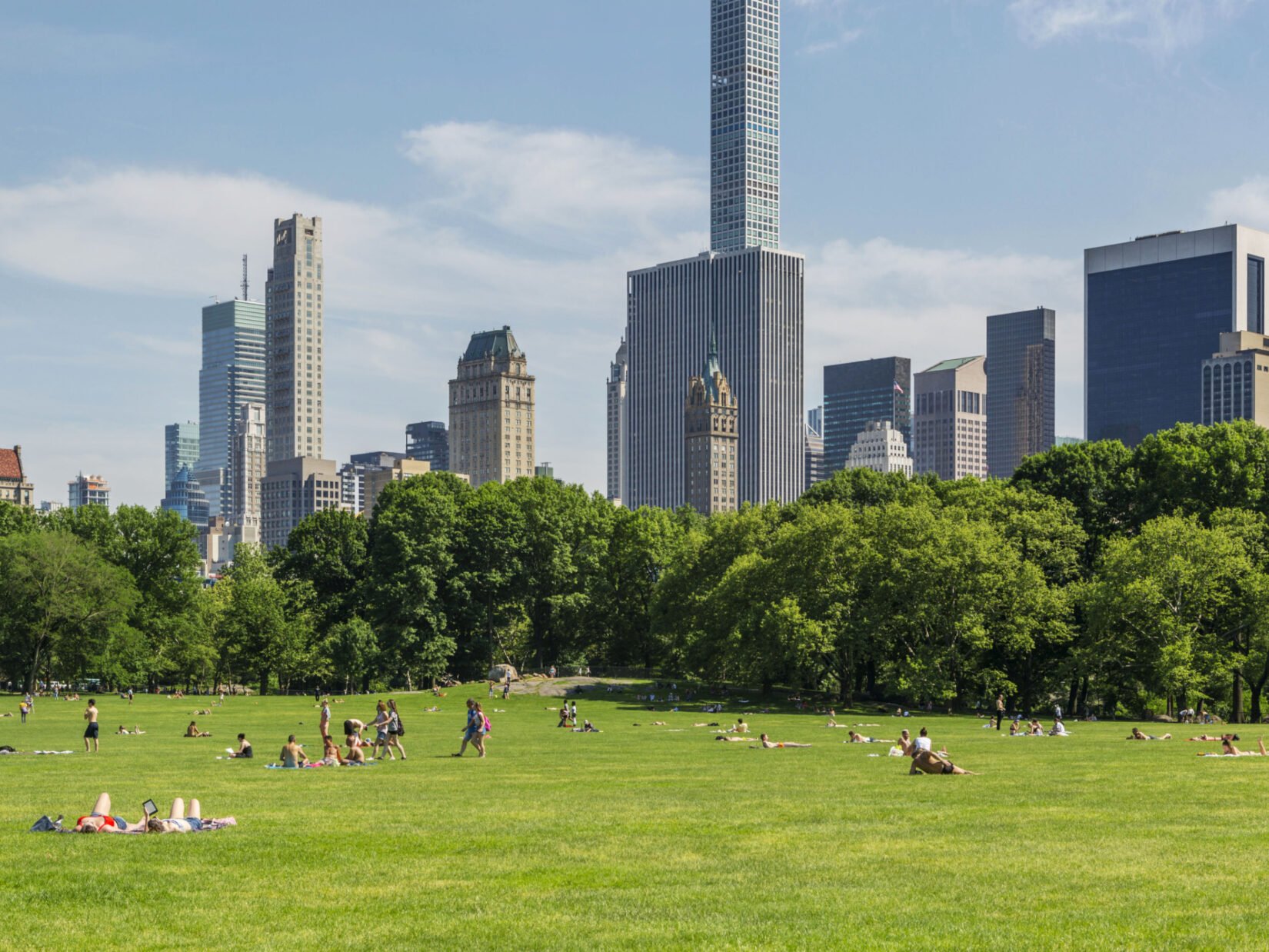Climate and the garden
Climate and the garden
It’s the heart of winter, yet gardening enthusiasts are already noticing something unusual: Green shoots sprouting from the ground. But what is normally an exciting moment in late March has raised alarm bells in February and even back in January.
What’s going on here? A relatively mild winter in southeastern New York state and Connecticut – with temperatures mainly in the 40s and 50s, sometimes approaching the 60s, and thus little snow – has given some plants and animals the message that spring has sprung when, of course, it hasn’t. We’re looking at another six weeks of winter, with the proviso that when January and February are relatively mild, March and even April can be challenging, even deadly to tender buds. And while some scream “climate change” and others “typical weather cycles,” we say, “both.”
© The Central Park Climate Lab - Working in partnership, the Central Park Conservancy, the Yale School of the Environment, and the Natural Areas Conservancy have created the Central Park Climate Lab that will offer research and new tools to help urban parks deal with the effects of climate change.
To understand why hostas and bulb plants are making an early appearance, we need to understand the difference between climate and weather. The weather is like the stock market, day to day. This year, the weather here has been influenced by a La Niña effect coming from the Pacific, pushing the jet stream north of us and bringing temperate temps to us with heavy snowfalls farther inland. Weather is indeed cyclical.
But there is also climate, which is like the economy – an overall pattern. And there’s no question that anecdotally and statistically our climate here is growing warmer and moister, with rain of biblical, Brontë-esque proportions. Consider this: New York City has been reclassified by climatologists as the northernmost humid subtropical city. (North of the city we’re still in the cooler humid continental zone.)
You can grow camellias in New York. On the other hand, native birches and sugar maples are suffering.
Don’t expect palm trees to bloom outdoors here any time soon, but our changing climate should be a call to action to reduce our carbon footprint.
In the meantime, we at the Morano Group are keeping an eye on the early bloomers, hoping they don’t get frostbitten. There’s a reason for every season. And part of winter’s in the Northeast – with its old-fashioned cold blanket of snow – has been to prepare the earth for the glories of spring.

